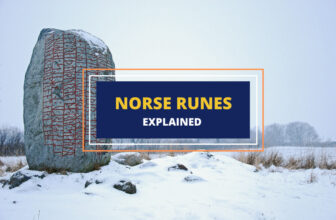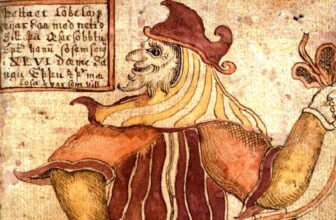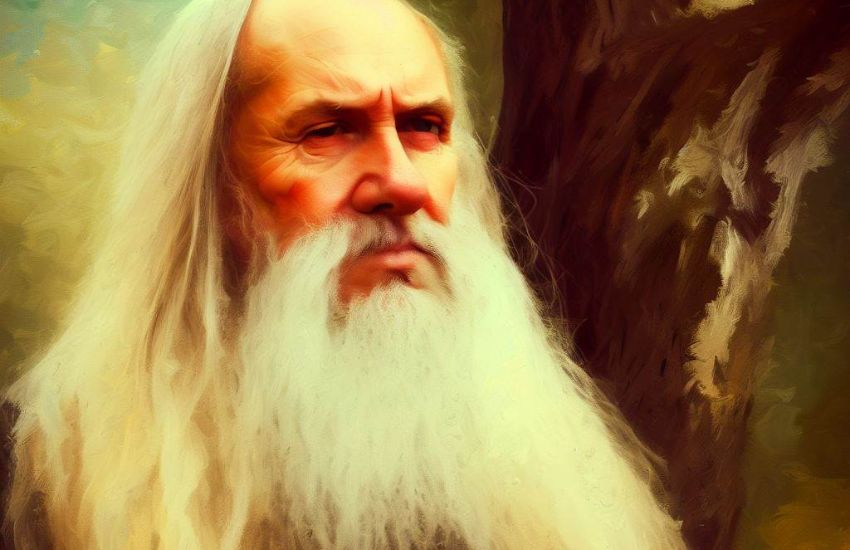
Table of Contents
In Norse mythology, there’s an emphasis on intelligence and wisdom. It’s an important aspect of existence, which is why even the most important Nordic god Odin goes chasing it. While he’s widely recognized as the god of wisdom in the Norse pantheon, there’s a god that’s even more renowned. That deity is Mímir.
Who Is Mímir?
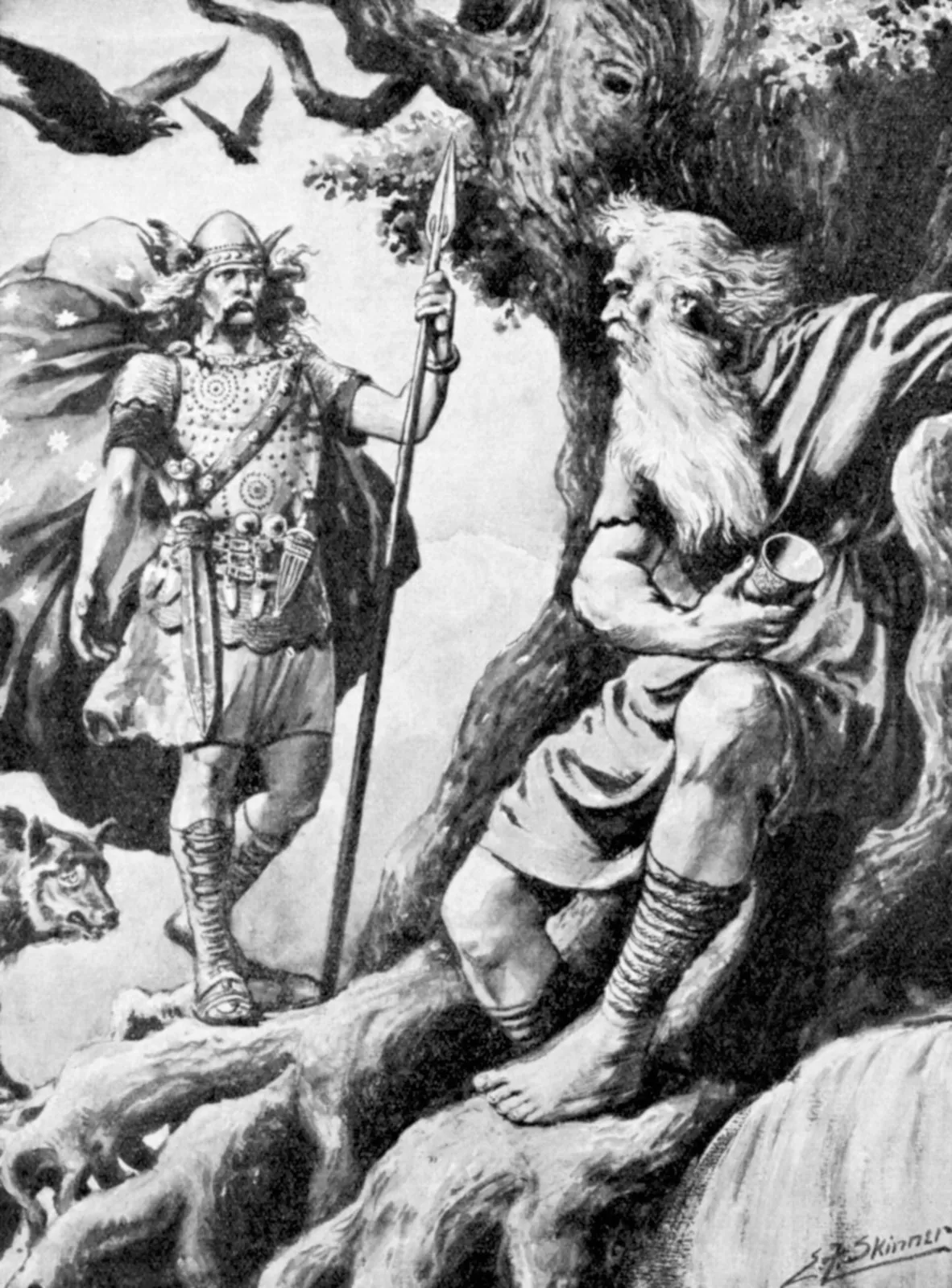
Mímir or Mim, as he’s known from the 13th century Prose Edda and Poetic Edda, is an old Æsir (pronounced Aesir) god. Some scholars speculate that he may have been Odin’s uncle. While he’s a famous Norse symbol of wisdom, there isn’t a single depiction of him that everyone agrees upon.
Mímir is generally represented as an aged man, often bodiless. Sometimes he’s depicted with Yggdrasil, the world tree, upon him or near him. In any case, the most important aspect of Mímir is that he’s the wisest of all the Æsir gods as well as being a water spirit.
As for the Æsir themselves, they are the more warlike tribe of Norse gods which includes most of the famous Norse deities such as Odin, Thor, Loki, Heimdallr, and others. The Æsir are not the only Norse gods. There’s also the Vanir race of gods such as Njörd and Freyr, usually representing fertility, wealth, and commerce. This distinction is important as the war between the Æsir and the Vanir is a key point in Mímir’s story.
What Does Mímir’s Name Mean?
Mímir’s name has a curious origin as it stems from the Proto-Indo-European verb (s)mer-, meaning to think, recall, remember, reflect, or worry. It translates to the Rememberer or The Wise One. This verb is common in many ancient and modern European and Middle-Eastern languages. In English, for example, it’s related to the word memory.
Mímir’s Death in the Æsir-Vanir War
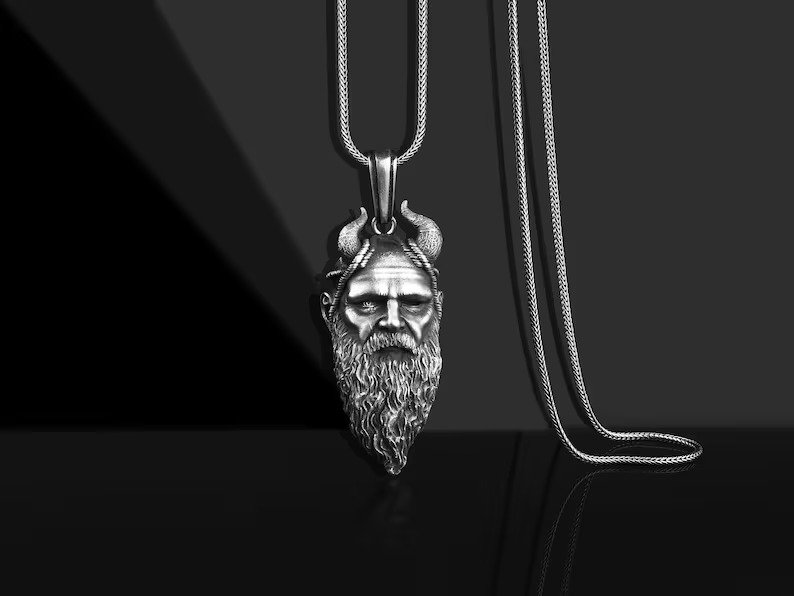
The Æsir and the Vanir gods of Asgard quarreled and fought frequently, including in the famous Æsir-Vanir War during which the Vanir fought for “equal status” with the Æsir after the latter had tortured and killed the Vanir goddess Gullveig.
After many battles and tragic deaths, the two races declared a truce and exchanged hostages while negotiating peace – the Vanir gods Njörd and Freyr went to live with the Æsir while the Æsir gods Mímir and Hœnir (pronounced Hoenir) went to live with the Vanir.
During the negotiations, Mímir was tasked with counseling Hœnir, who acted as the “chief” negotiator for the Æsir. However, because Hœnir acted hesitantly whenever Mímir wasn’t by his side to offer counsel, the Vanir suspected Mímir of cheating and killed him. After that, the Vanir decapitated Mímir’s corpse and sent his head to Asgard as a message.
While this sounds like an anticlimactic end to Mímir’s story, it wasn’t over for the deity of wisdom. The more interesting part of the tale actually comes after his death.
Mímir’s Decapitated Head
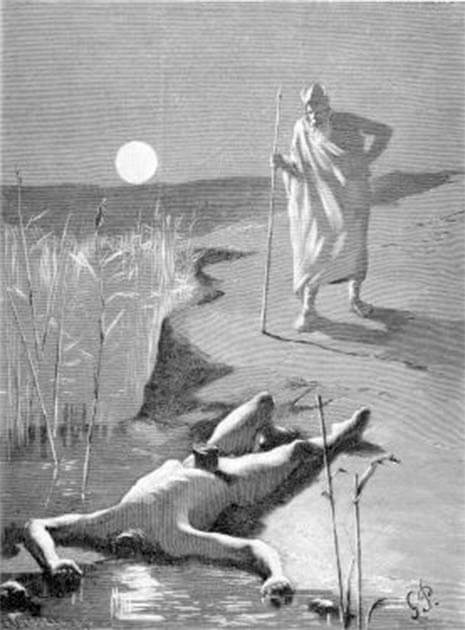
The Vanir gods may have sent Mímir’s head as a message to the Æsir, but Odin was wise enough to find good “use” for it anyway. The All-Father preserved Mímir’s head in herbs so that it wouldn’t rot and then he spoke charms over it. This gave Mímir’s head the ability to speak to Odin and reveal to him secrets only Mímir would know.
Another myth claims that instead of being subjected to such “necromantic” practices, Mímir’s head was laid to rest by a well on one of the three main roots of the Yggdrasill World Tree. The well was called Mímisbrunnr, and was known as Mímir’s Well. Because Odin craved wisdom above all else, he sacrificed one of his eyes in exchange for a drink from the well in order to gain wisdom. This is a testament to the immense value placed on wisdom in Norse culture, where even the chief of the gods would give up something so vital for its attainment.
In this way, Mímir’s head became associated with wisdom, and is a potent symbol of knowledge.
Mímir as a Symbol of Wisdom
With his name literally meaning “memory” or “to remember”, Mímir’s status as a wise god is undisputed. Even more than that, Mímir’s depiction shows him both as a victim of the mistakes of the youth and as a counselor of the wisest and oldest of the Nordic gods such as Odin.
In that way, Mímir can be said to represent not only wisdom but the transfer of wisdom between the different generations, and how we can learn a lot from our elders even after their death, i.e. how we can and should learn from the past.
Mímir’s head is symbolic of wisdom, knowledge, memory, and sacrifice. He symbolizes the idea that wisdom doesn’t come easily. You have to go through difficult experiences in order to gain it. This concept of sacrifice to become a better, wiser person is ingrained in the symbol of this deity.
Mímir also symbolizes the preservation of knowledge, as his wisdom remains valuable even after his death. Knowledge doesn’t die, especially if
Mímir Facts
He is the Norse god of knowledge and wisdom.
Mímir was killed and decapitated by the Vanir during the Aesir-Vanir war.
Mímir represents wisdom and knowledge. This association is further strengthened by the fact that only Mímir’s head remains after his death.
This is a well located under the world tree Yggdrasil, and is also known as Mímir’s Well.
There’s some contention that Mímir is related to Bestla, Odin’s mother. If this is the case, Mímir could be Odin’s uncle.
Wrapping Up
Mímir remains an important character in Norse mythology, and an enduring symbol of wisdom, even though there isn’t a clear representation of what he looks like. His significance lies in his great knowledge and ability to command the respect of those such as the great Odin.
Mímir’s importance comes from his role as a counselor and the great value placed on his wisdom. Despite not being one of the most active figures in the myths, he is integral to some major narratives and represents key values in Norse culture. His story tells of the quest for knowledge, the price of wisdom, and the importance of memory and counsel in navigating the world.





